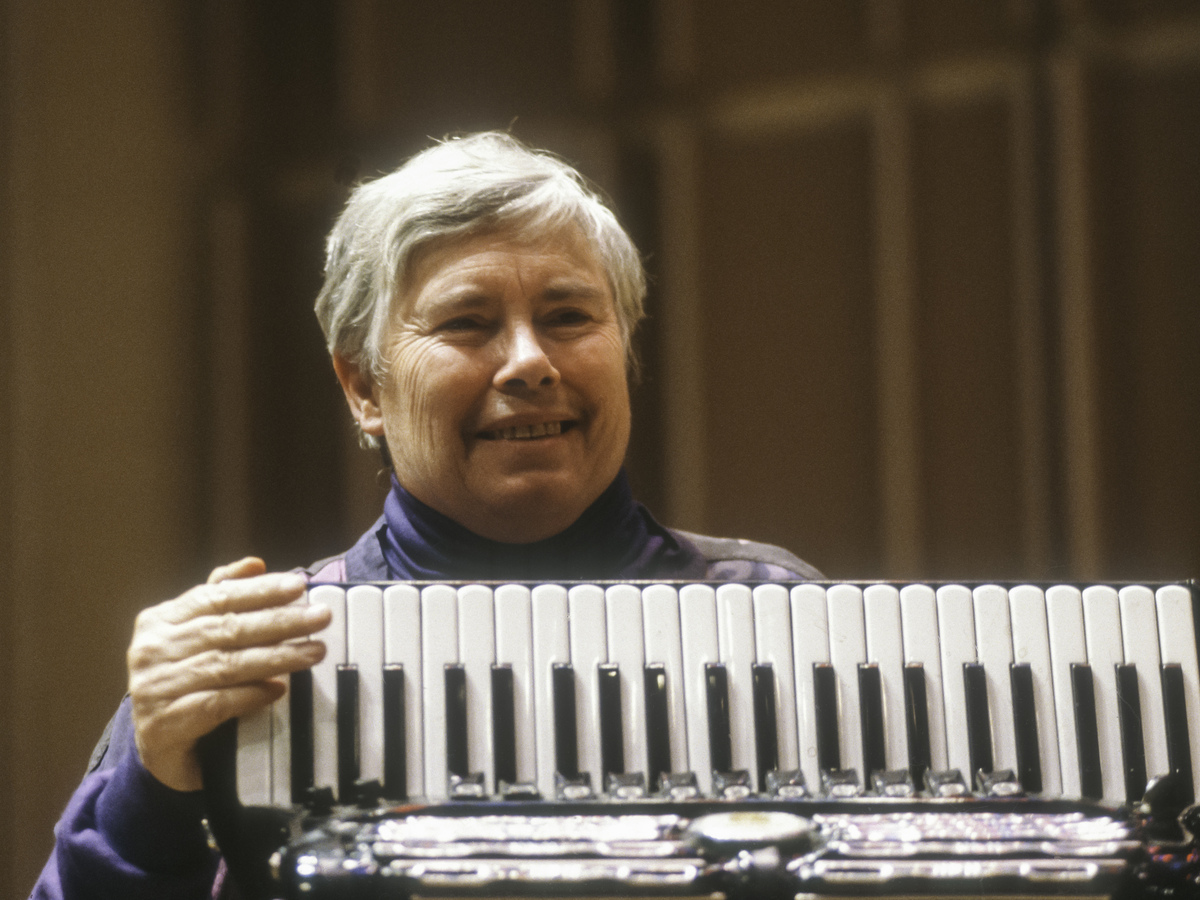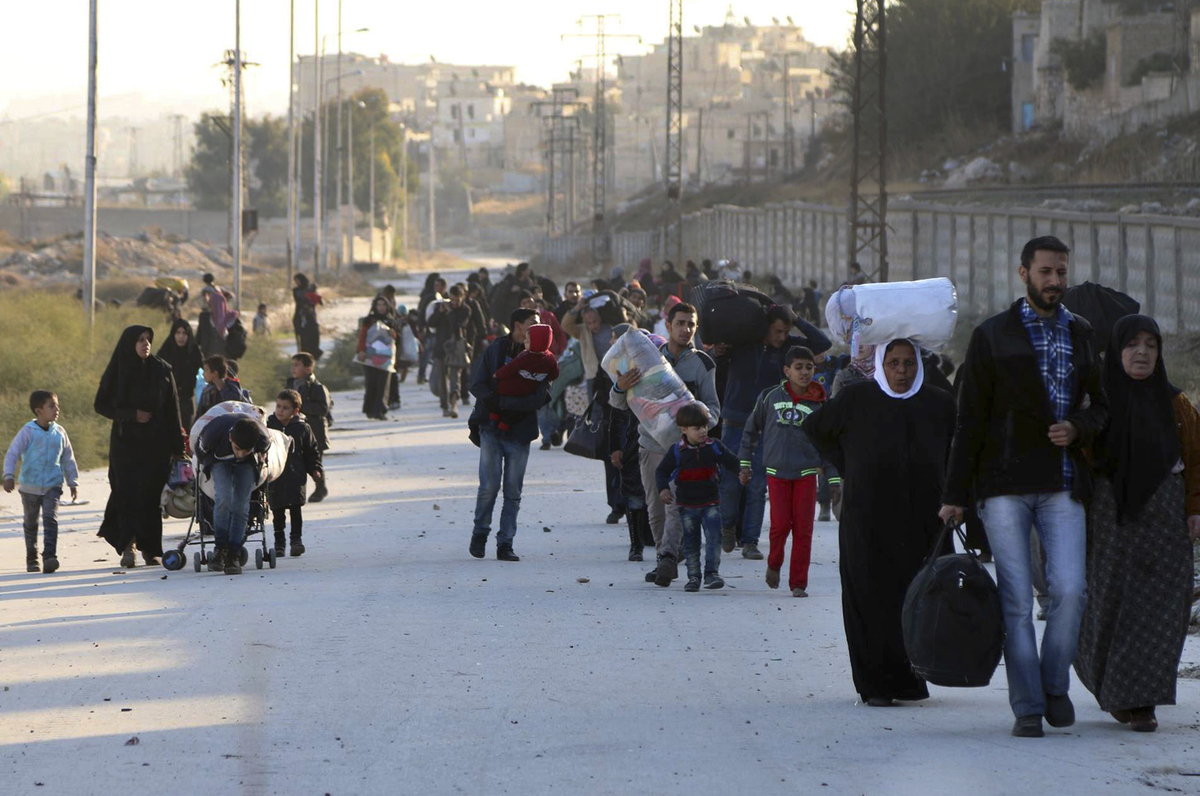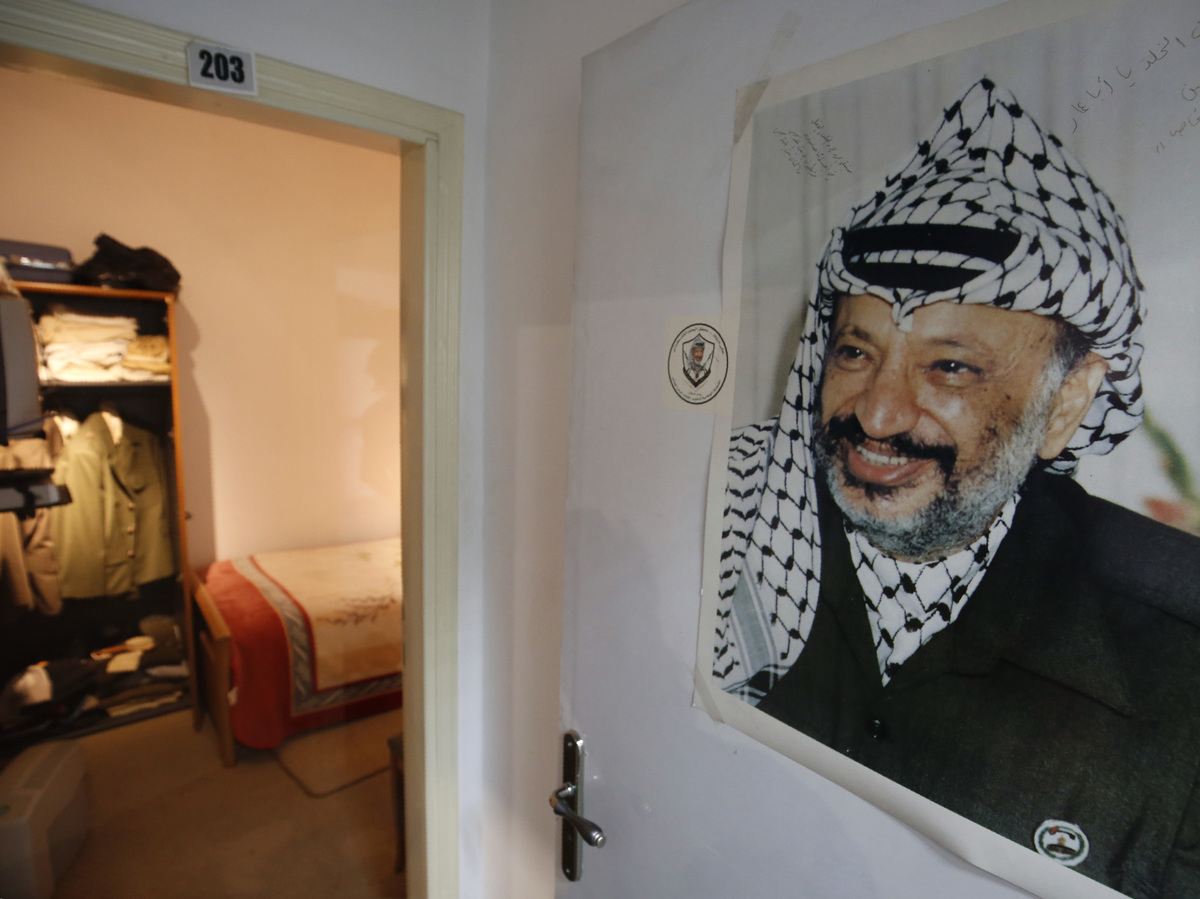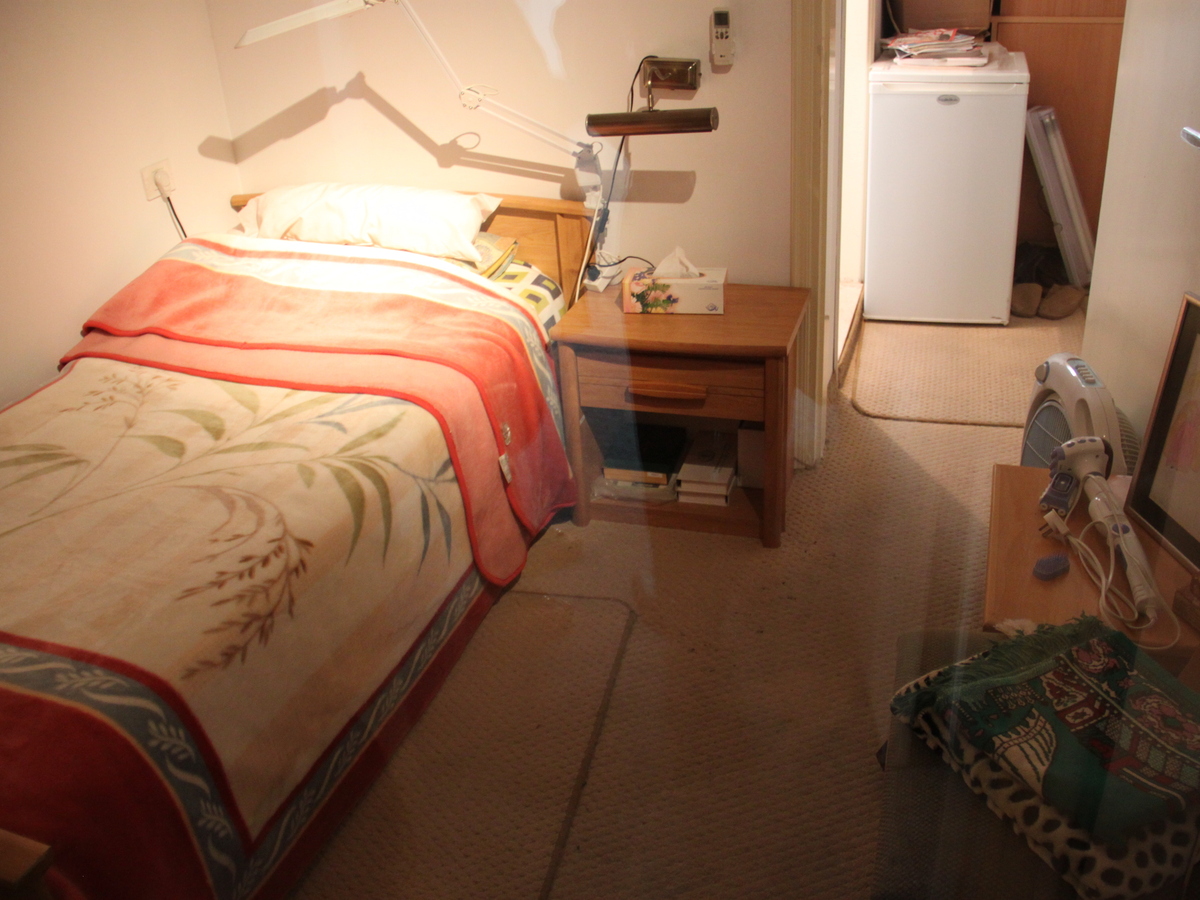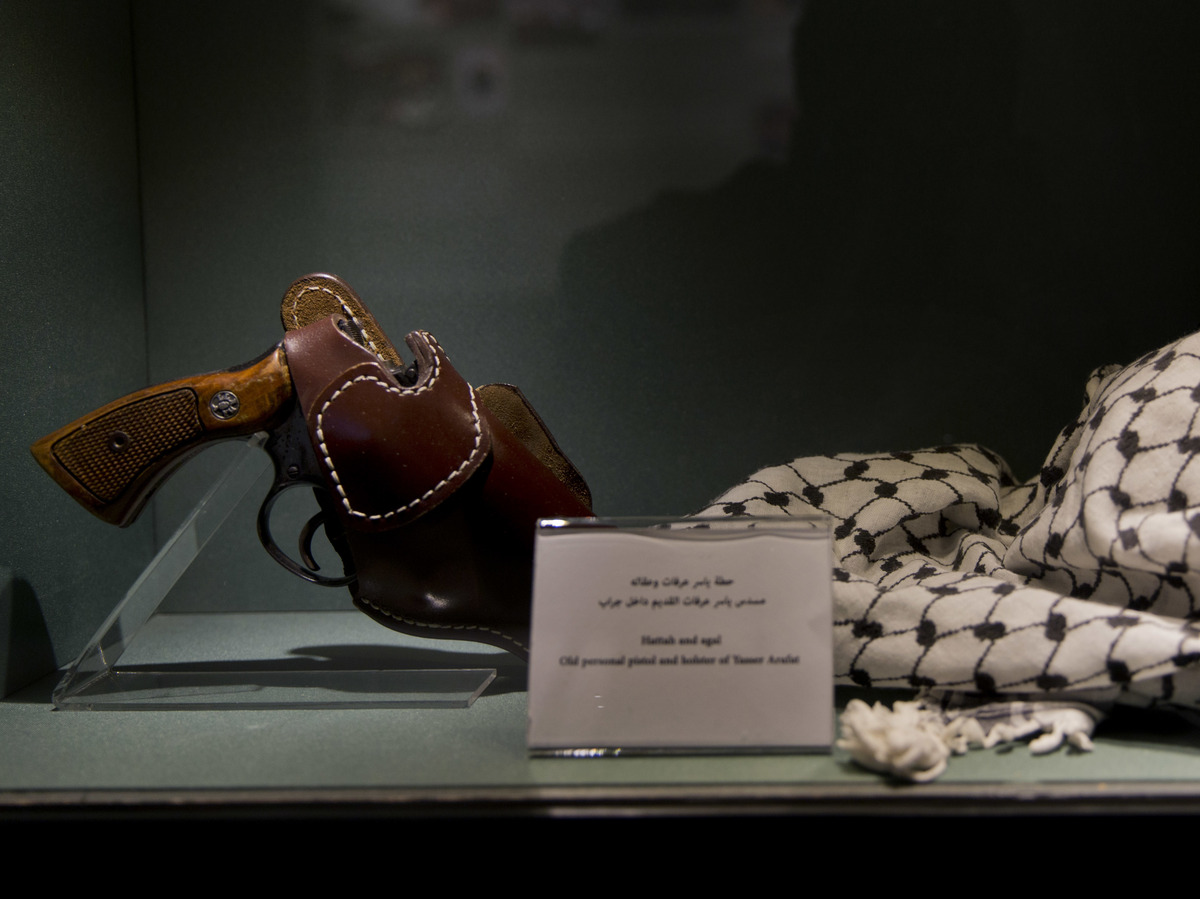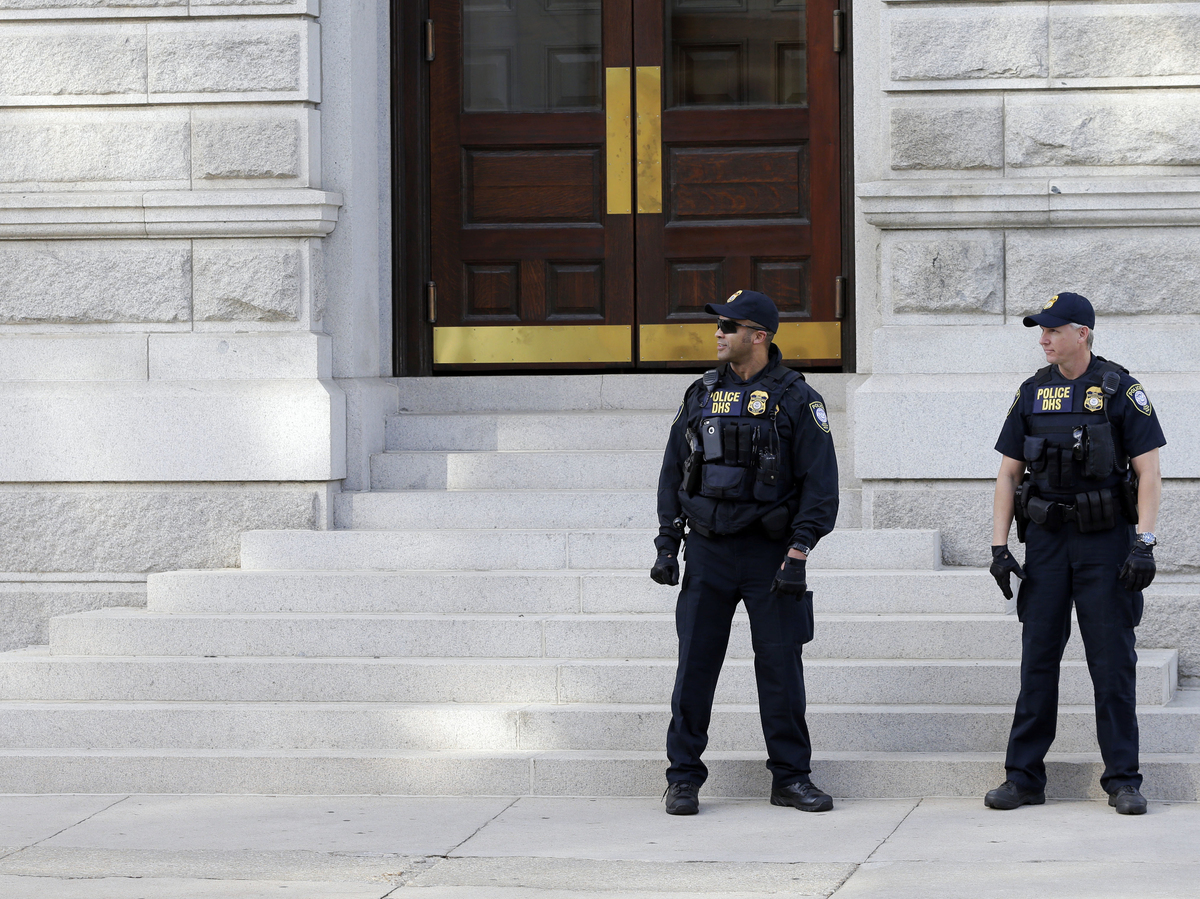A Mayo man who had sex with a 16-year-old relative of his ex-girlfriend when he was 19 has been given a two year sentence.
The complainant was described as a “very innocent child” who would never forget having to have tests done on her body and private parts after she reported the incident to gardai.
She has since felt suicidal and has tried to starve herself to death as she believed this would be the most painless way to take her life.
The now 23-year-old man, who cannot be named to protect his victim's identity, pleaded guilty at the Central Criminal Court to defilement of the girl in Co Mayo on June 23, 2012.
Mr Justice Patrick McCarthy said this was not a case of two young people engaging in willing sex while slightly either side of the age of consent. He said the accused had “taken advantage of the girl in quite a squalid manner.”
The judge noted the victim was a happy and cheerful teen but she “felt dirty, useless and sick” after the defilement.
Mr Justice McCarthy imposed a two year sentence and a four year post-release supervision order. The man was also registered as a sex offender.
A local garda told Patrick Gageby SC, prosecuting, that the accused had previously been going out with a relative of the victim and during the relationship he “took a liking” to the victim and used to text her frequently. The girl was described by her mother as “a very innocent child.”
The accused man later met up with the girl and they walked around the town in the company of another female. After that young woman left, the accused and complainant took shelter from the rain and the accused made a “minor pass” at the complainant which was “not encouraged.”
The two of them went back to the accused man's house and dried themselves. There was a small amount of kissing before the accused lay on top of the girl. She tried to pull up her clothing and wriggle away. The act of defilement then occurred.
The doorbell rang and the accused went to answer it. When he returned the accused man told the girl he was sorry, that he had been drinking and smoking stuff. The girl later told her mother, following a brief reconciliation with the accused, and made a statement to gardai.
The accused man initially denied there had been sexual conduct but later made admissions.
The complainant in her victim impact statement said she had felt “dirty, useless and sick” after the incident and stopped eating causing her to become really sick until she was brought for help by her mother.
She said she would never forget being brought to the sexual assault treatment unit and having tests done to her body and private parts.
She said her mother and sister had always been there for her and she would never forget they “had her back.” She said she had now moved on with her life and believed and hoped he would not get away with doing this to anyone else.
The garda agreed with Patrick McGrath SC, defending, that the accused sometimes came across as “young and naive”. He has no previous convictions.
Mr McGrath said the accused acknowledged what he did but said there had been no premeditation in relation to the situation. He said the man felt guilt and remorse for his actions.
Counsel said his client's and the complainant's life had moved on to a considerable extent and there was no suggestion of any re-offending since the offence. He said in that time the accused continued to be a positive member of society.
Mr McGrath said all the indicators pointed to the accused being a productive and useful member of society starting out in life and a future with little or low risk of criminality.
Online Editors



